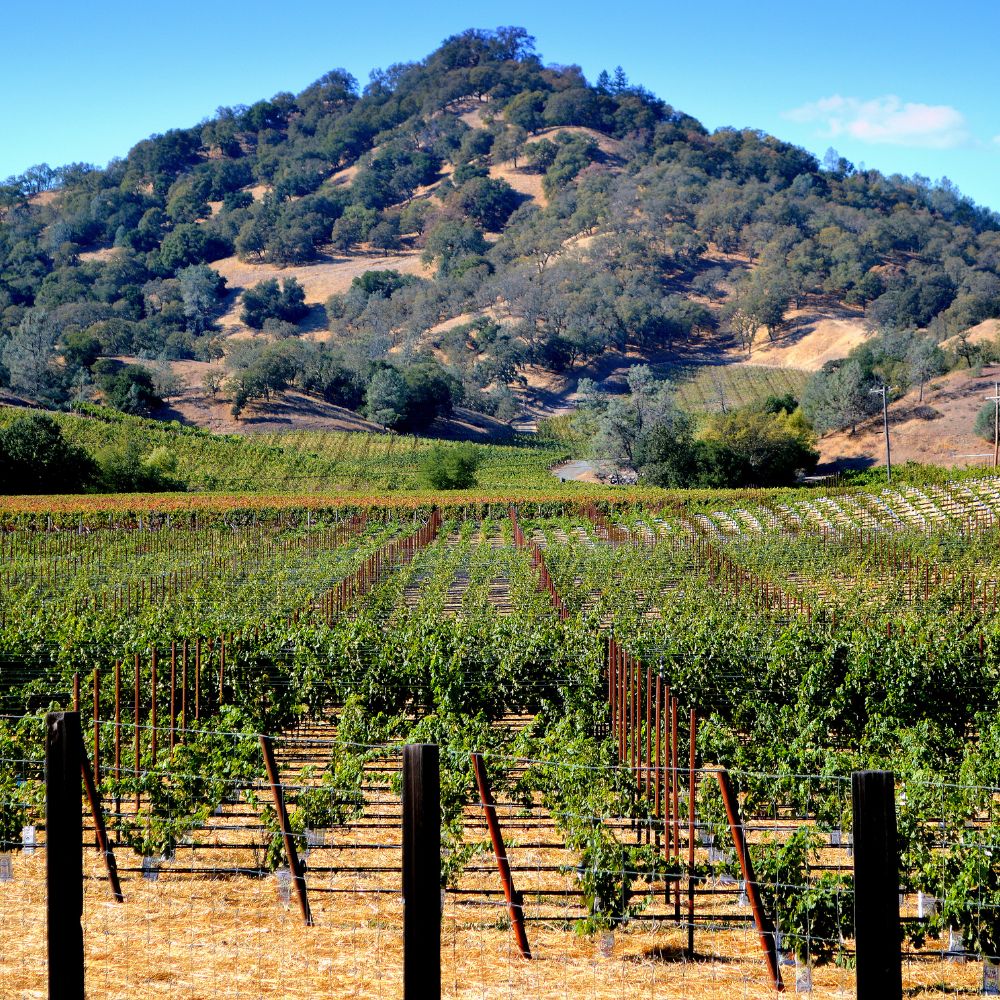Because Cabernet Sauvignon has so much more of everything – body, tannin, alcohol, colour – it is often supposed to be superior, but here at TGWS, we have a very soft spot indeed for its more charming and aromatic parent, Cabernet Franc.

Here’s everything you need to know about the grape, where it can grow, how its made and blended well, so you too can fall in love with its charms!
Cabernet Franc tends to be grown to a limited extent wherever Cabernet Sauvignon is grown but we hope we’ll continue to see more Cabernet Franc-dominated wines – they are just so easy to drink.
Italy:
It is mostly planted in the far northeast of Italy, particularly in Friuli, but it is also found in the wines of the Veneto (where it is known as Bordo), as part of some Chianti blends, even as far south as Puglia. Plantings of Cabernet Franc in Tuscany have been increasing in recent years, particularly in the Bolgheri and Maremma region where the grape is prized for the balance and elegance that it brings to blends.
Argentina:
Currently there are 500 hectares of Cabernet Franc planted around the Mendoza region and it’s being heralded as “the future” for Argentina with planting increasing rapidly each year. Lusher and fuller than a Loire red, but more airy and refined than the average Argentinian Malbec, some believe it’s going to be more successful to cultivate than Cab Sauv…watch this space!
South Africa:
Cabernet Franc has become a favourite of some of the country’s boutique wineries and acreage has slowly been increasing to nearly 1,000 ha by the mid 2000s.
Bruwer Raats is the pioneer of “fine” varietal bottlings in SA, although he has to struggle with his vines’ tendency to ripen – even individual bunches – very unevenly. Harvesting Cab Franc at peak ripeness is paramount. It’s grown in a variety of terroirs, and with great success on well-drained, medium-to-low potential soils containing chalk and limestone. It confirms the importance of choice of soils and shows that ripeness of Cabernet Franc is easily achievable in South Africa – excellent wines are possible!
France:
In France, Cabernet Franc is found predominately in the Loire Valley and in the Libournais region of Bordeaux. As of 2000, it was the sixth most widely planted red grape variety in the country.
Bourgueil is an Appellation d’origine contrôlée (AOC) for Cab Franc in the Loire Valley region. It is situated on the right-bank of the river, which provides some climate moderation, to the west of Tours and on the edge of the better known Maine-et-Loire department. Also known as Cabernet Breton, up to 10% of the wine can also be made from Cabernet Sauvignon grapes. Limestone soils produce wines with a dusky red hue, whereas those grown in siliceous soil take on a redcurrant shade. Bourgueil wines have a floral and fruity bouquet, which becomes earthy as the wine gets older. These wines age splendidly in the bottle, keeping for up to 20 years.
![]()
Cabernet Sauvignon has rarely made wines of real distinction in the Languedoc but Cabernet Franc instead has been making inroads there recently and several varietal versions of interest have arrived on the international marketplace in the last couple of years, especially from innovative estate, Domaine Gayda who we stock.
We’ll be opening some examples of Cab Franc in May across all 3 stores, so you can try them for yourself. We’ve also put together a delicious “introductory” case, highlighting 6 of our best examples of this grape from across the world and in various different styles. It’s available throughout May and costs £175 saving you £24.50.



